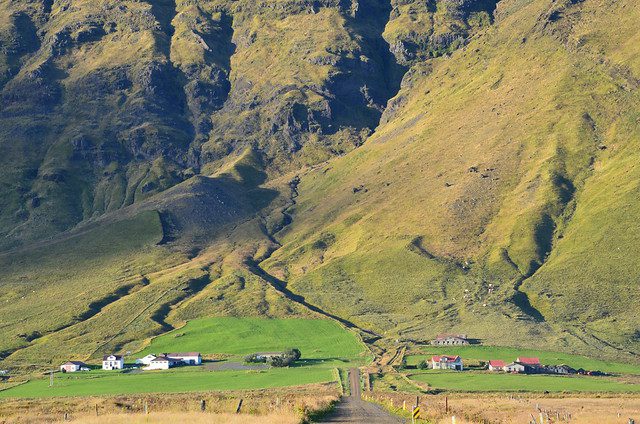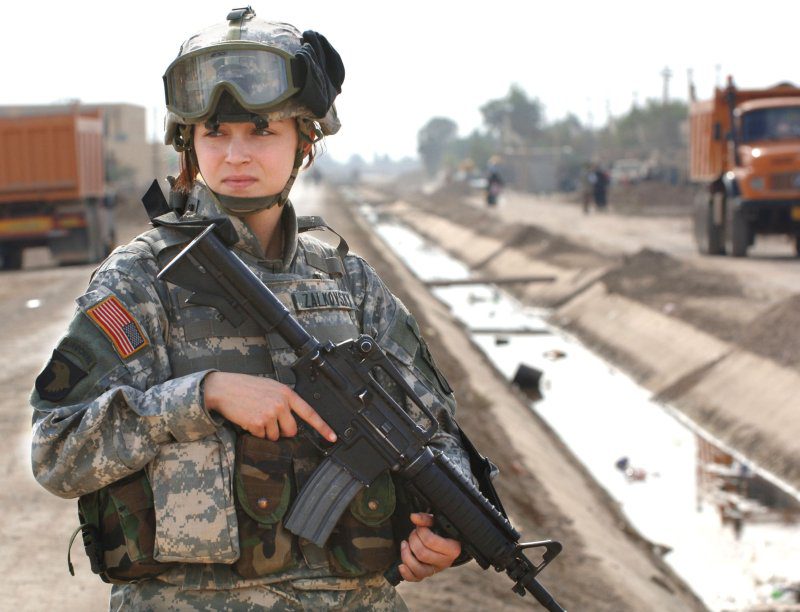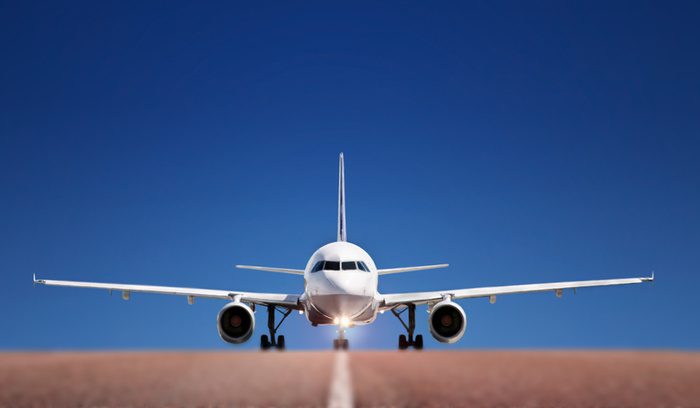
In recent years, tourism to the rather remote country of Iceland has become more popular. Due to the country’s vast landscape, black beaches, gorgeous coastlines, and impressive glaciers, more and more visitors are flocking to this country in search of a splendid vacation.
But you may not know too much about this northern country yet. Here are some fun facts about Iceland that will inspire you to pack your bags right away.

The land of fire and ice
Iceland is known colloquially as the land of fire and ice because it is riddled with both volcanoes and glaciers. Since Iceland isn’t all that big, these two natural extremes can be found not far away from each other. It isn’t unusual to go on a tour and see a volcano, a geyser, and some Iceland ice caves within a matter of hours.
Settled by the vikings
Iceland, like all Scandinavian countries, has strong ties to the Vikings. This country was settled by the Vikings around the year 800, and it is easy to spot a lot of viking culture to this day.
For example, the Icelandic language has its roots to the Norse Viking language, with words that tie directly back to the ancient, dead language. In addition, it is easy to spot monuments dedicated to Norse gods. And the names of many mountains, glaciers, and volcanoes have fairly straightforward Norse ties.
The animals are protected
When traveling around this country, it is easy to spot some fuzzy and fluffy, short and stout ponies. Known as the Icelandic horse, these animals have direct roots to the original horses the Vikings brought over back in the 800s. They are so important to the Icelandic culture that their bloodline is protected.
This means that any Icelandic horse who is taken out of the country cannot return, as it is feared they may bring in potentially deadly contaminants to the other ponies. Because of these laws, there are strict tariffs on the horses in order to keep their bloodline as pure as it was back during the original settlement.
There are no forests
There are no forests in Iceland, and there’s a very limited number of trees on the main island, which is about the size of the state of Ohio. A long time ago, trees were more plentiful, but when colonization took over, the settlers chopped nearly all of them down and forests still haven’t grown back to anything resembling their initial size. It is difficult for trees to grow in Iceland’s climate, so all the wood the locals use must be imported in from various countries.
Home of Europe’s first parliament
Europe’s first settled parliament took place in Thingvellir National Park in the year 930 AD. Since then, this place has become a UNESCO World Heritage Site. The area also sits on a tectonic plate rift, which means in that location, the Europe and North American tectonic plates are pulling apart from each other. This is one of the only two places in the world where a person can stand in what is known as a geographical no man’s land.
They don’t have traditional last names
Icelanders practice the traditional Norse naming system, which removes surnames altogether. Instead, a person’s last name is the first name of their father, with the ending of -son if they are a male, and -dottir if they are female. So for example, if your name was Mark, and your father’s name was Erik, the person’s name would be Mark Erikson. Same goes for a female named Margaret, with a father’s name of Alexander, her name would be Margaret Alexanderdottir, or a variation.
With these fun facts in mind, you now have a taste of how unique Icelandic culture is. So what are you waiting for? Go pack your bags and get to seeing it in person.



